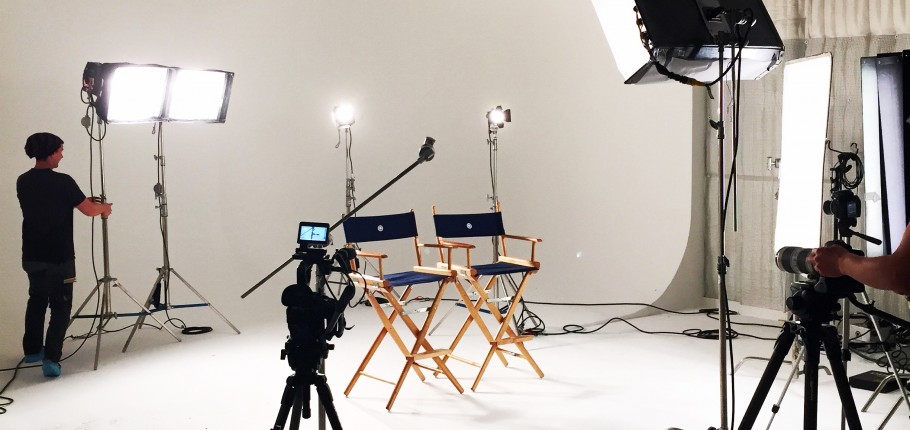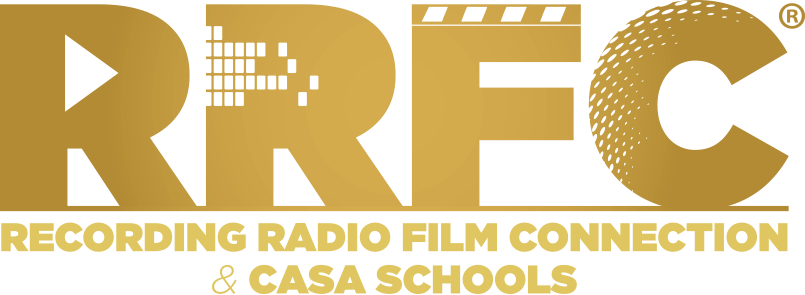
Film Theory in a Nutshell
Film theory is nothing to be afraid of. In fact, if you like to talk about films, chances are you’re using film theory already. While there are a number of different film theories out there, stuff academics like to dig into and argue about, the real value of knowing a bit about film theory for any filmmaker is in theory’s ability to serve as a sort of lens into a work. A theory both limits and enlarges your view in key ways, forcing you to look into a film and ask questions and see what otherwise might have been missed. In other words, film theory is a tool, not an answer.
Auteur Theory
The super-short explanation: Anytime we talk about a film as being “a Tarantino film” or a “Paul Thomas Anderson film” we’re already using Auteur Theory which assumes that the film reflects the vision of the director. Sounds familiar? Yup, we all talk “auteur theory” all the time.
Auteur (oh-toor) Theory is responsible for elevating film out of the carnival sideshow attraction from which it originated to what it is today. Granted, the term didn’t exist until the 1960’s, but is supremely evident in numerous filmmakers to come before. Auteur Theory purports that a film should reflect the vision of the director i.e. that the director is the one who’s ultimately in charge and the one who makes the creative decisions for a film.
Think of a specific film that you love. Undoubtedly, it has specific visual motifs, reoccurring design elements, or unique narrative components. Now, examine another film by the same director. It’s easy to see the common DNA strands. Take Sam Raimi, for example. He loves doing horror and comedy, in equal spades, has a penchant for slapstick elements, loves under cranking the film (shooting fewer frames per second), and often casts the same actors like his brother Ivan Raimi and Bruce Campbell. Sam Raimi even has continuing props in all his films, including the 1973 Oldsmobile Delta 88 that’s appeared in every one of his films with the exception of Quick and the Dead because it’s a western. All of these hallmarks lead to a more authorial experience, meaning: you feel as though the movie you’re watching was constructed by a person, the auteur whose vision gives the film its mark and sense of cohesiveness.
Apparatus Theory
The super-short explanation: Film has a powerful ability to fool and to brainwash the audience.
Another major theory that serves as one of the guiding principles of cinema is the Apparatus Theory which became popular in the 1970’s and spun out of Marxist writings and the psychoanalytic writing of writers like Gregory Ulmer, Jacques Lacan, Louis Althusser, and Giorgio Agamben, among others. Its underlying thesis is that films, by their very nature, are ideological, meaning they seek to encode certain beliefs about life and man’s place in the world. Through this perspective, film is seen as an artificial product that affects passive viewers so strongly that they can become conditioned into a certain way of believing or seeing the world.
Apparatus Theory takes a suspicious view of cinema and sees film as capable of brainwashing the masses. Although most of us don’t commonly talk about being fooled by film unless we’re talking about special effects, the vestiges of apparatus theory are alive and well collective cultural skepticism about visual media’s ability to affect the viewer (video games, commercials, music videos) and alter the way they feel and act in the world.
Formalism
The super-short explanation: Anytime you’re talking about how a tracking shot of a character jumping from rooftop to rooftop adds to the suspense of a film, or how a superfast montage sequence left you feeling emotionally overwhelmed, you’re talking formalist film theory.
What’s great about formalism is that it makes room for both the ideological and auteur branches of film theory. The aforementioned Apparatus Theory looks at how societal pressures impose themselves upon the viewer through film, whereas, Auteur Theory looks at how the auteur i.e. director imparts their vision. In formalism, the emphasis is on technique and filmic process, how, for instance, minimal lighting adds to the intimacy of a scene, or how Dutch Angles and cranked up shots work to disorient the viewer. So what gets left out when we look at film through a formalist perspective? Strangely enough, formalist film theory isn’t concerned with the actual themes and ideas of the work itself.
The next time you watch a film, try donning your “film theorist’s” cap. Think about the same film through the Auteur Theory by asking how the movie you just watched is emblematic of other films by the same auteur. Then look at it though the Appartus Theory and ask: What is the reality the film conveys, what does that say about society, and what “world” does the film want you to buy into?
Lastly, take a formalist approach and ask how the film’s style (cinematography, editing, lighting, set design) evoked certain responses from you.
From there, you can take the observations you’ve formed based on the different theories i.e. “perspectives” at your disposal and see, for instance, whether a film’s editing style served or undercut the theme of the movie. You can ask yourself, how was the love story in that historical drama served or limited by the ample use of wide shots? Or, what kind of reality did that action movie convey and how did the stylistic choices of the director make that reality more or less believable?
Film theory is alive and well and is something most of us talk about every time we talk movies. Best of all, the “theories” are alive and well and something to be used, not merely the stuff of books. So embrace theory as a tool to help you refine your vision and understand what effective filmmaking is for you. Watch, learn, and create!
Get more real world film advice.
The Film Connection website.



